On October 13, the World Thrombosis Day global campaign shares an important message to "Open Your Eyes to Thrombosis and COVID-19."
Blood clots are a known complication among COVID-19 patients, as well as a contributor to a host of life-threatening medical conditions, such as heart attack, stroke and venous thromboembolism (VTE). This additional risk makes it more important than ever to raise awareness of this often-overlooked condition, also known as thrombosis, which contributes to one in four deaths worldwide.
Thrombosis can be prevented, and the first step toward prevention is an awareness of signs and symptoms. The World Thrombosis Day campaign aims to educate patients, caregivers and medical professionals about the early warning signs, the importance of screening upon hospital admission, prompt interventions and the optimal treatments.
This year, World Thrombosis Day draws particular attention to hospital-associated and COVID-19-associated blood clots.
"World Thrombosis Day has consistently placed a global spotlight on hospital-associated blood clots to raise awareness of this common and under-recognized preventable health issue," said Prof. Beverley Hunt, OBE, chair of the World Thrombosis Day Steering Committee. "This year, the global pandemic has only heightened the need for everyone to be proactive about knowing the signs, symptoms, and prevention of blood clots."
Hospitalized patients, such as those people who are immobile after surgery or during a long illness, have a higher risk of thrombosis. World Thrombosis Day calls upon more hospitals to adopt measures to screen for and prevent Venous Thromboembolism (VTE). Patients and their families should also speak with their physicians about preventing blood clots after hospital stays.
In severe cases of COVID-19, doctors have reported that some patients develop "sticky blood" that clots unusually. These clots, called microthrombi, can collect in the lungs and cause life-threatening complications. World Thrombosis Day seeks to educate physicians about the best available anticoagulation measures they can take to prevent clots in critically ill COVID-19 patients.
To prevent blood clots, stay active and hydrated. Being less active while staying at home could increase one's risk for getting a blood clot. Follow simple steps to reduce the risk, such as getting up to move every 90 minutes and staying hydrated.
Do not skip medications. Keep taking medicine as prescribed even if diagnosed with COVID-19, and do not skip any doses.
Know the signs and symptoms. Leg pain and tenderness, redness and swelling, shortness of breath, rapid breathing, chest pain and coughing up blood are associated with blood clots.
Know what to do if hospitalized. Ask a healthcare professional for a VTE risk assessment, which is a questionnaire that gathers medical information to discern a patient's potential risk for developing blood clots.





 ALL
ALL Pharma in China
Pharma in China Pharma Experts
Pharma Experts Market News
Market News Products Guide
Products Guide Brand Story
Brand Story

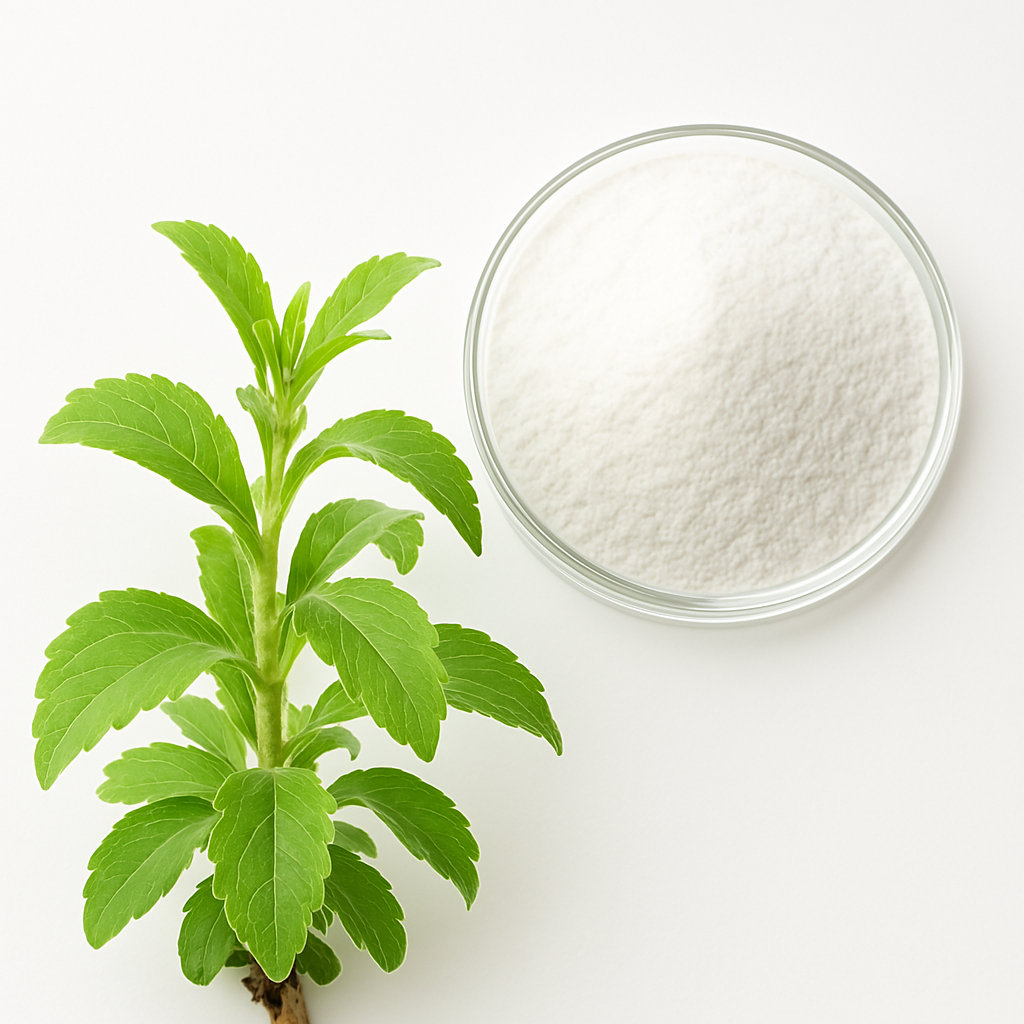

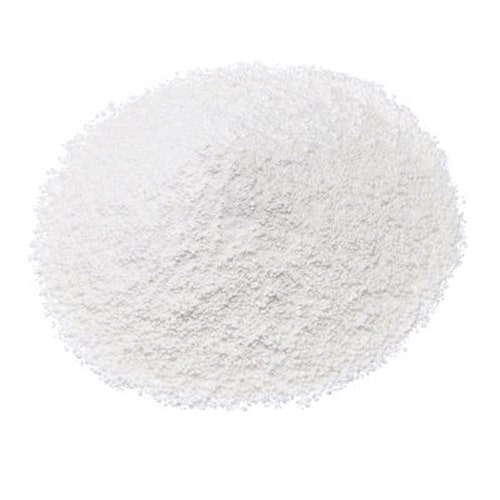
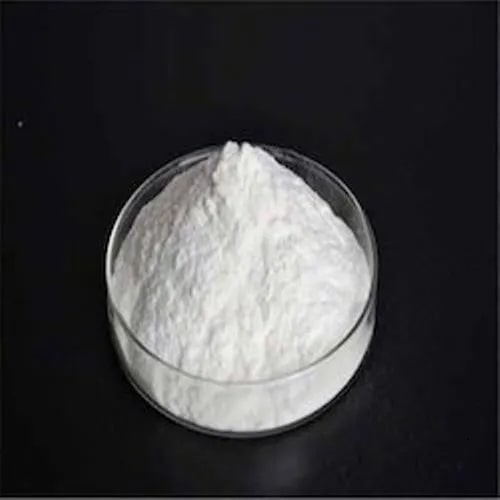












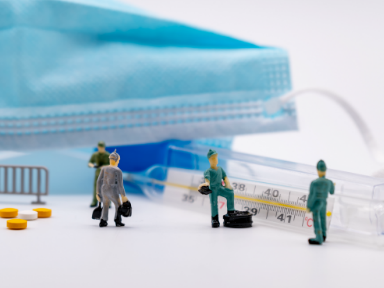

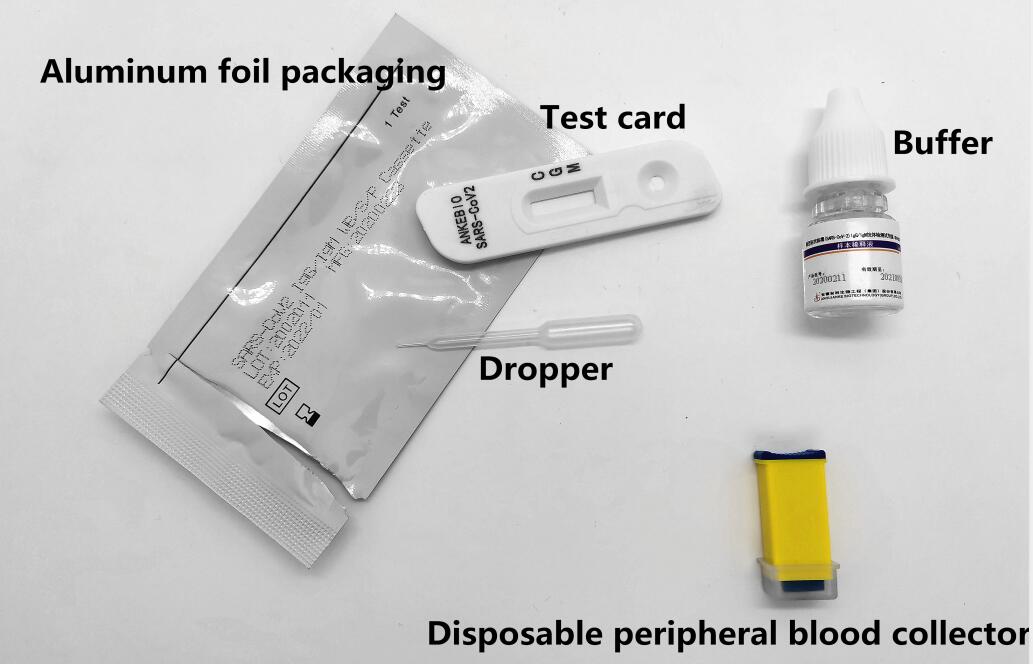





 Pharma Sources Insight January 2025
Pharma Sources Insight January 2025








